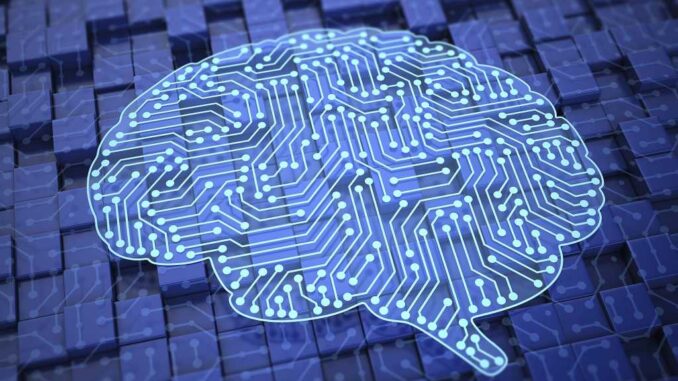
AI model development involves a systematic approach to creating algorithms that can learn from and make predictions based on data. Below are the key components and stages that are typically involved in the AI model development process:
Key Components of AI Model Development 1. Problem Definition – Objective Identification: Clearly specify what problem the model aims to solve. – Stakeholder Requirements: Understand the needs of end-users and stakeholders.









2. **Data Collection**
– **Data Sources:** Identify and gather relevant data from various sources such as databases, APIs, or IoT devices.
– **Sufficient Volume:** Ensure that the data is enough to train a robust model.
3. **Data Preparation**
– **Data Cleaning:** Remove noise and errors, handle missing values, and eliminate duplicates.
– **Data Transformation:** Standardize or normalize data, encode categorical variables, and apply scaling as needed.
– **Feature Selection and Engineering:** Identify the most relevant features and create new features from existing data to enhance model performance.
4. **Model Selection**
– **Algorithm Choice:** Select appropriate algorithms based on the problem type (e.g., supervised, unsupervised, reinforcement learning).
– **Benchmarking:** Consider starting with simple models to establish a baseline before exploring more complex algorithms.
5. **Model Training**
– **Training Set Creation:** Split data into training, validation, and test sets.
– **Training Process:** Feed the training data into the model to learn patterns and relationships within the data.
– **Hyperparameter Tuning:** Optimize the model’s hyperparameters to enhance performance using methods such as grid search or random search.
6. **Model Evaluation**
– **Performance Metrics:** Use metrics like accuracy, precision, recall, F1 score, or mean squared error (MSE) to assess model performance.
– **Validation:** Validate the model against the validation dataset to check for overfitting or underfitting.
– **Error Analysis:** Examine misclassifications or errors to identify areas for improvement.
7. **Model Deployment**
– **Integration:** Deploy the trained model in a production environment where it can be accessed by users or integrated into applications.
– **Model Serving:** Set up API endpoints or web services to allow applications to interact with the model.
8. **Monitoring and Maintenance**
– **Performance Monitoring:** Continuously monitor the model’s performance to ensure it remains accurate over time.
– **Retraining:** Update the model periodically with new data to maintain its relevance and accuracy.
– **Feedback Incorporation:** Utilize user feedback and performance metrics to further refine and improve the model.
9. **Documentation and Collaboration**
– **Documentation:** Maintain thorough documentation of the development process, decisions made, and the model architecture.
– **Version Control:** Use tools like Git for version control and collaboration among team members.
### Conclusion
AI model development is a multi-step process that requires collaboration, technical expertise, and a clear understanding of both the problem domain and the data being used. By following a structured approach, developers can create AI models that are effective, efficient, and capable of providing valuable insights or predictions in real-world applications.


Leave a Reply